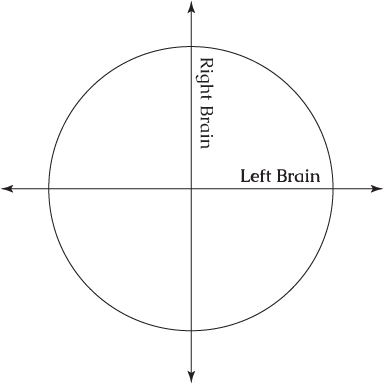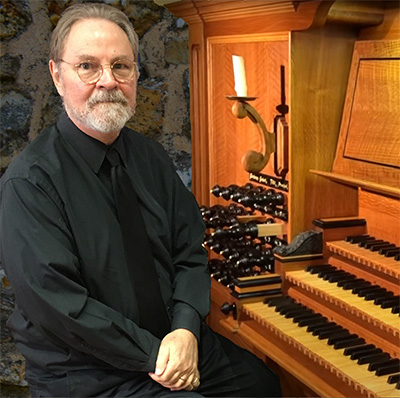About GrailHeart
The modern world is brilliant — but broken.
We can split atoms, but not stop ourselves.
We can connect across the globe, yet feel more alone than ever.
This isn’t a crisis of technology.
It’s a crisis of meaning.
We in the West have gone full left-brain — starting with Aristotle and climaxing in our so-called “Age of Enlightenment.”
Analyzing.
Measuring.
Categorizing.
But the brain has two hemispheres for a reason.
The left brain dissects what is. The right brain dreams what could be.
The left brain is about knowledge; the right — wisdom.
One isn’t better than the other — but they are at right angles to each other.
Orthogonal.
Perpendicular ways of knowing.
Different kinds of truth.

To be a whole human being, it’s not either/or. It’s both/and.
To use only half of our brain is to be half-human.
Like trying to walk with just the left leg.
There are people who, through devastating accident, must do just that.
We call them — disabled.
It’s time to reclaim the balance of left and right—
Reason and the mythic, the musical, the intuitive, the whole.
When we orient by both, we have a true compass to guide our way.
| Right Brain (Myth/Archetype) | Left Brian (Reason) |
|---|---|
| Imagination | Analysis |
| Dreams & Daydreams | Data |
| Wholeness | Analysis |
| Integration | Dissection |
| Full Context | Abstract |
| Meaning | Mechanism |
| Living Systems | Inanimate Parts |
We need both. That’s why humans have both.
Why Stories and Music?
Because they speak the native language of the right brain.
Before there were doctrines, there were stories.
Before there were systems, there were songs.
Story bypasses the gatekeeper.
Music enters through the side door.
Together, they remind us of things we forgot we knew.
This is what GrailHeart offers: wisdom stories, soundscapes, reflections.
Not to tell you what to believe — but to help you remember that there’s always another way.
About Me
I’m William – author, composer, and pilgrim of the mythic path.
GrailHeart was born not from strategy, but from sorrow.
As a teenager, profound tragedy struck my family.
Against the Searing Sorrow that gripped me,
philosophies, theologies, and self-help books
were like spitballs bouncing off Godzilla.
What guided me out of that Underworld was not theory
– but story and music.
Not as entertainment,
but as a thread to hang onto for dear life.
These led me through the Dark Maze.
I began creating stories to make sense of things
– and music to say what words could not.
When I shared them, some said, “That helped.”
So I built this place.
Imaginary-but real in ways that matter.
A refuge. A compass. A lantern for the long road.
Why “GrailHeart”?
Because the Grail has never really been about a cup.
It’s the Empty Vessel – the Longing itself
-for the Good, the True, the Beautiful
just beyond what we think we know.
After all, the mind has one kind of knowledge.
the heart has its own kind of knowing.
And the heart knows the way.
The Grail is not the end of the Quest.
It’s the beginning.
In that moment when you feel that holy longing
– you’ve already begun.


